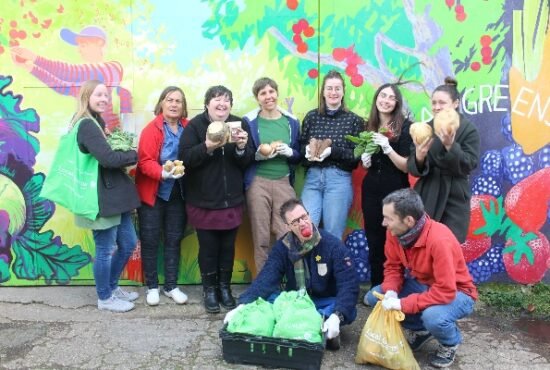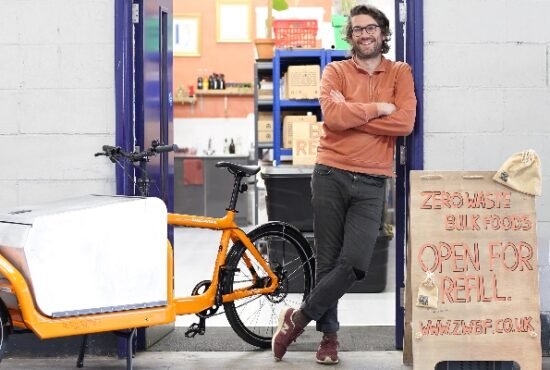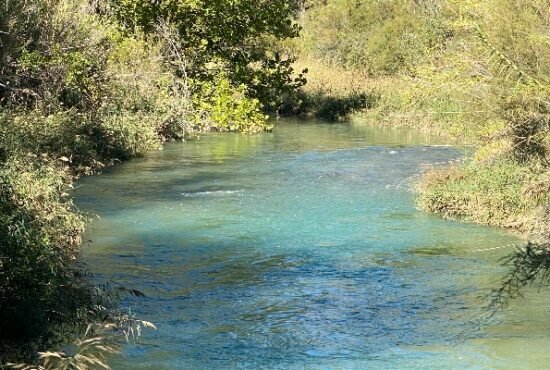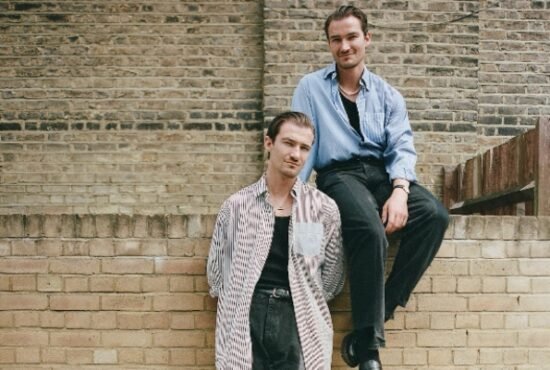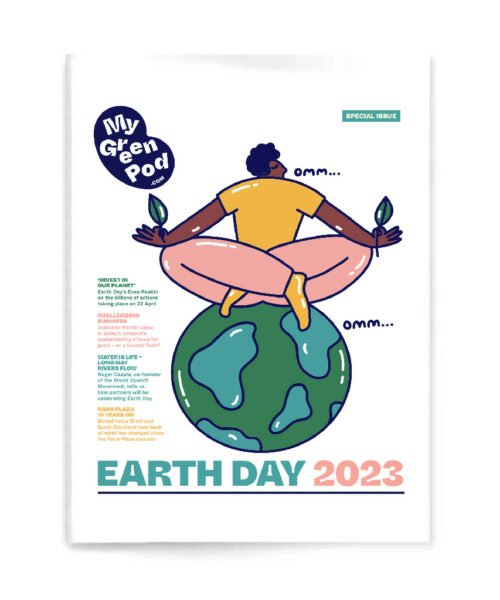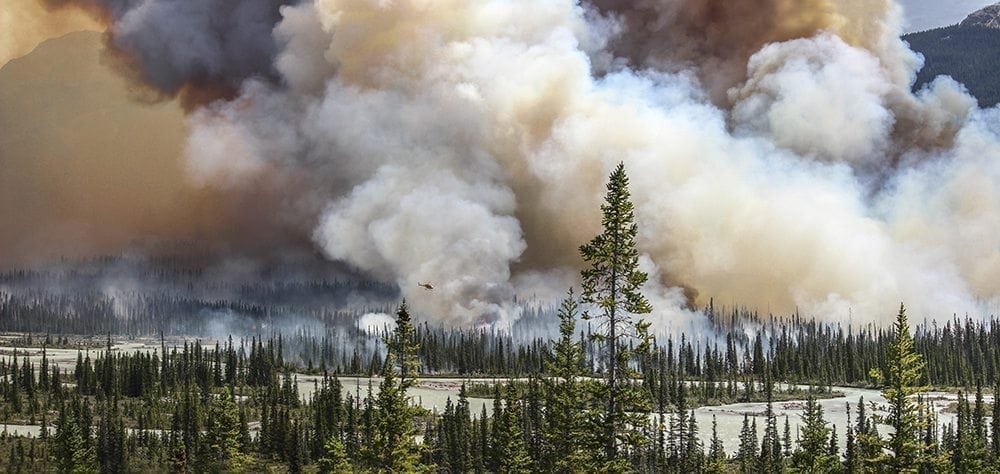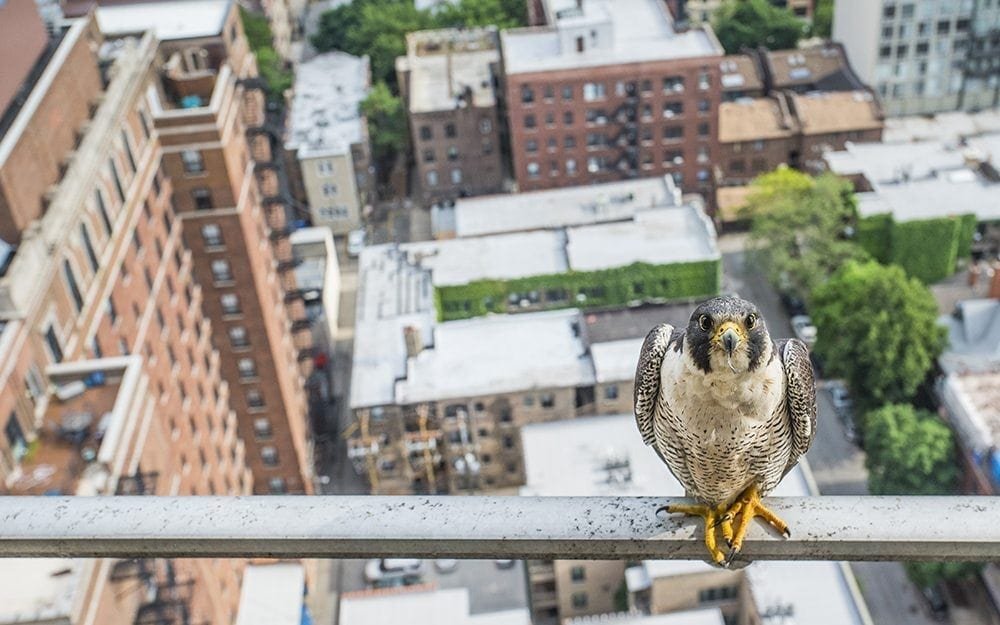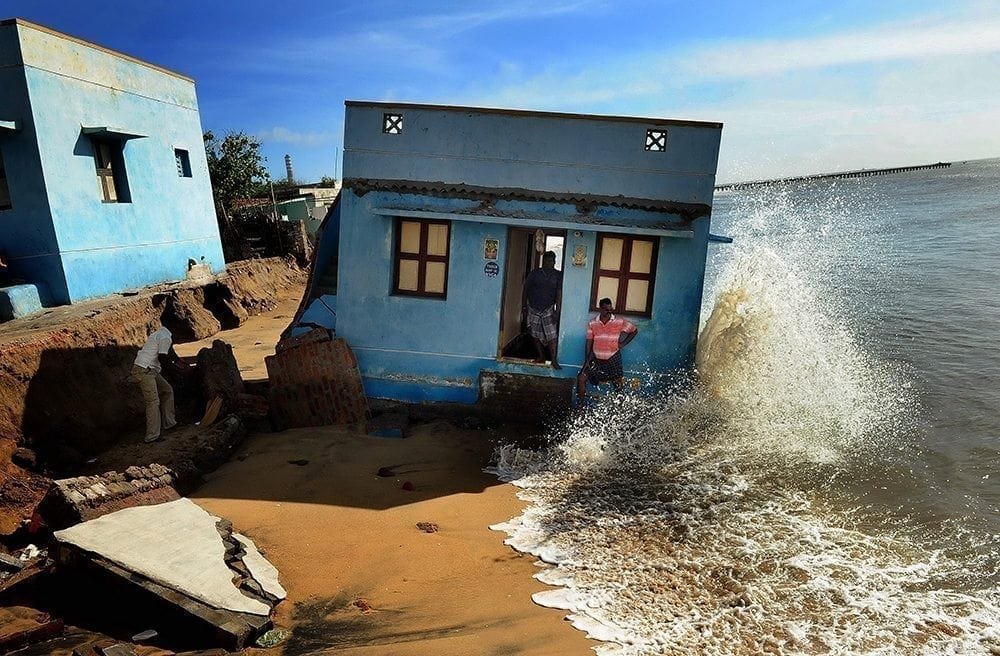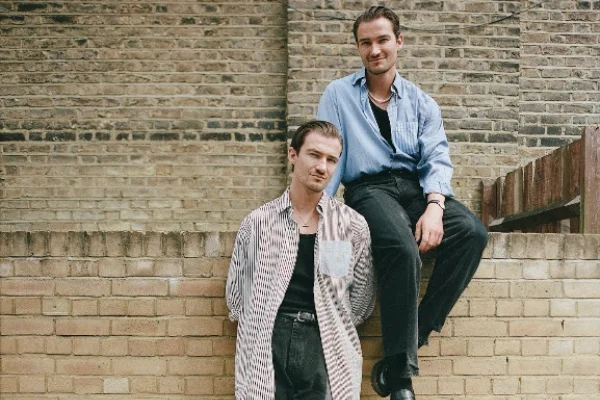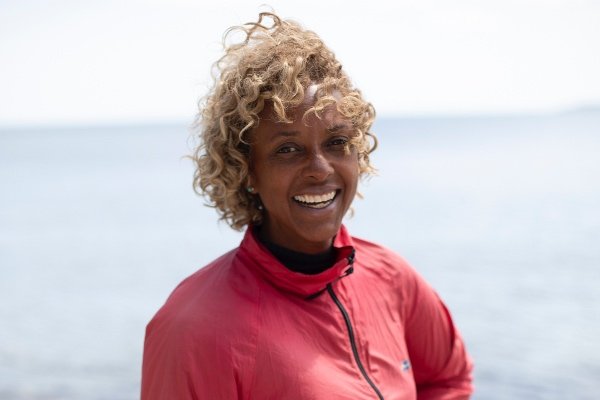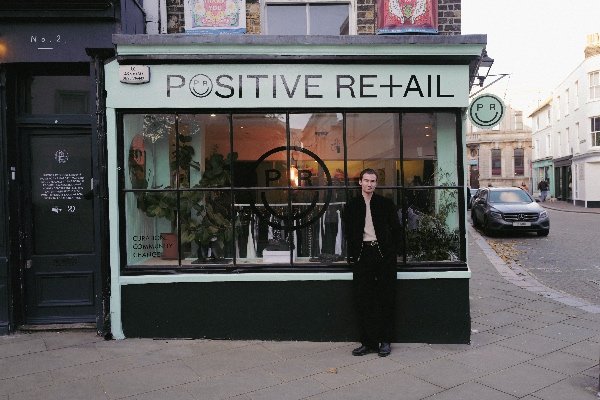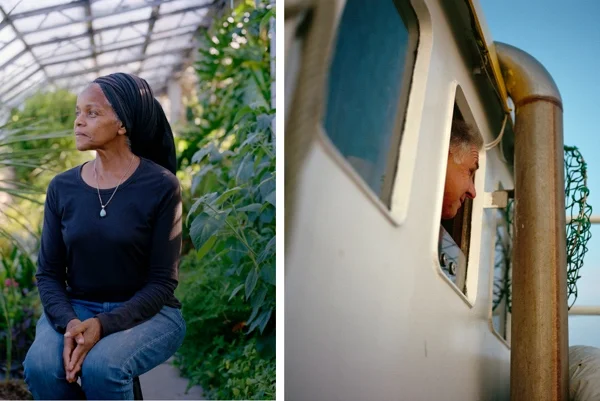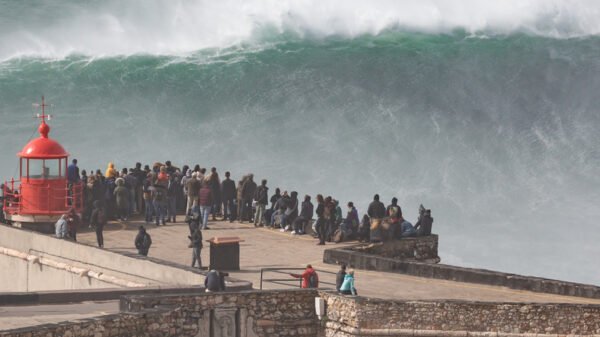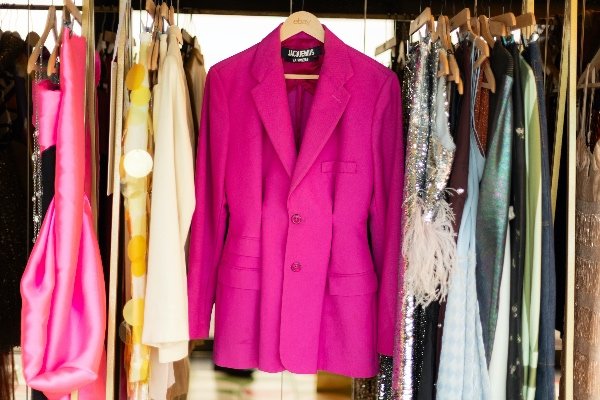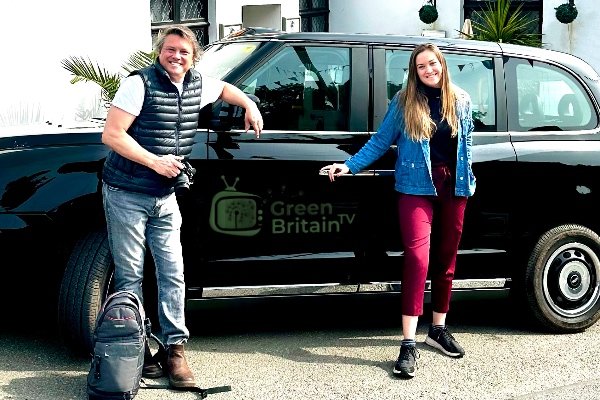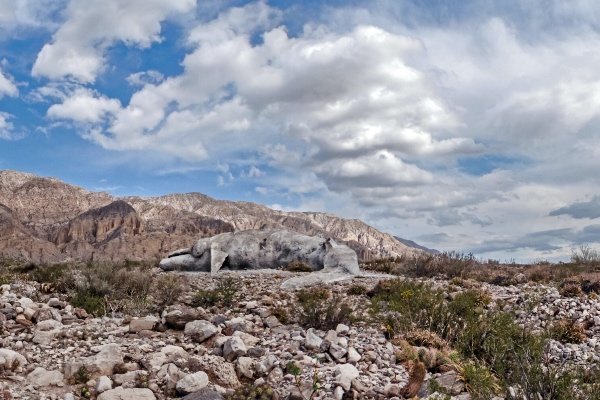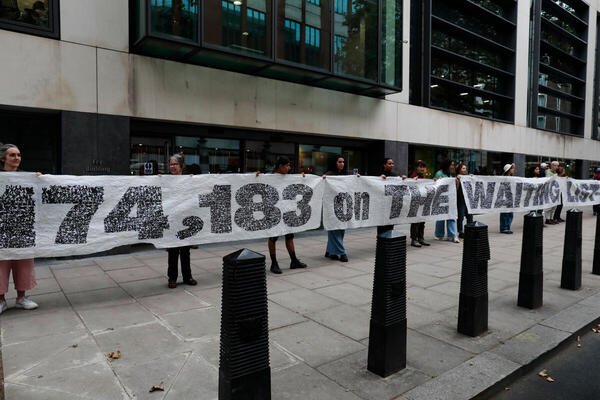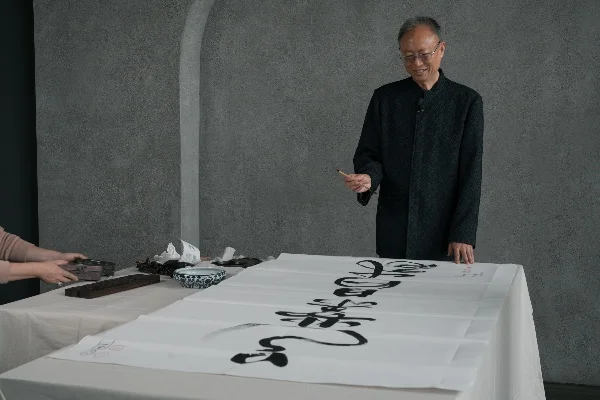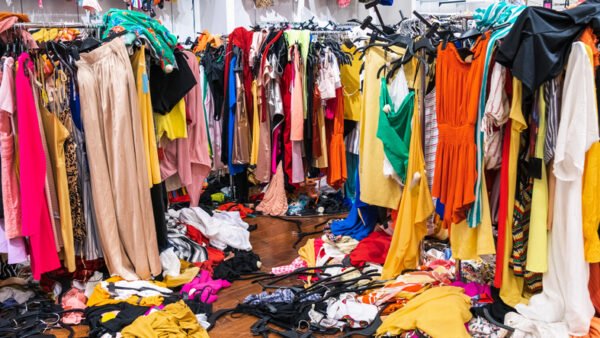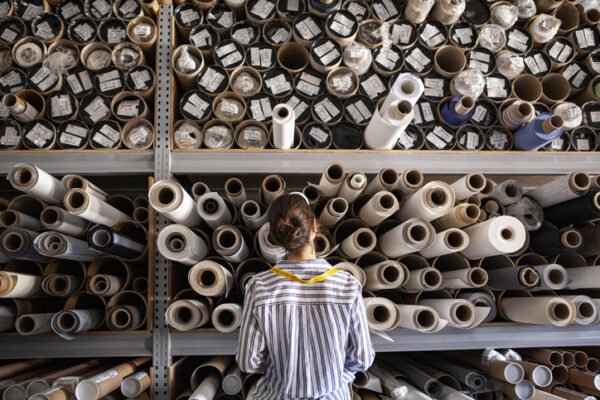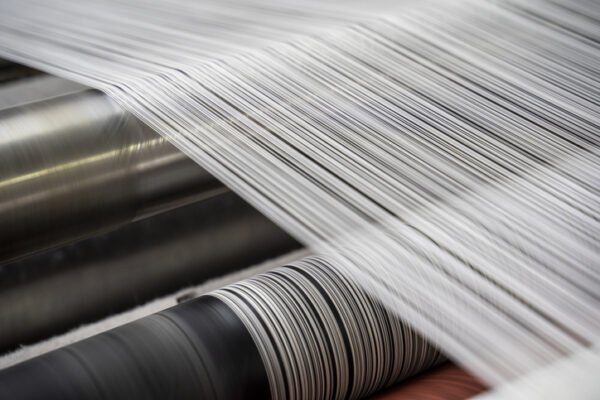Changing Climate Award
The CIWEM Changing Climate Award 2016 goes to Sandra Hoyn for her moving photograph ‘Life Jackets on the Greek Island of Lesbos’. Hoyn, a German photojournalist, concentrates on social, environmental and human rights issues. Her winning photograph depicts the discarded life vests used by refugees to cross to Greece from Turkey, and hints at the enormity of the crises and dangers faced by the refugees.
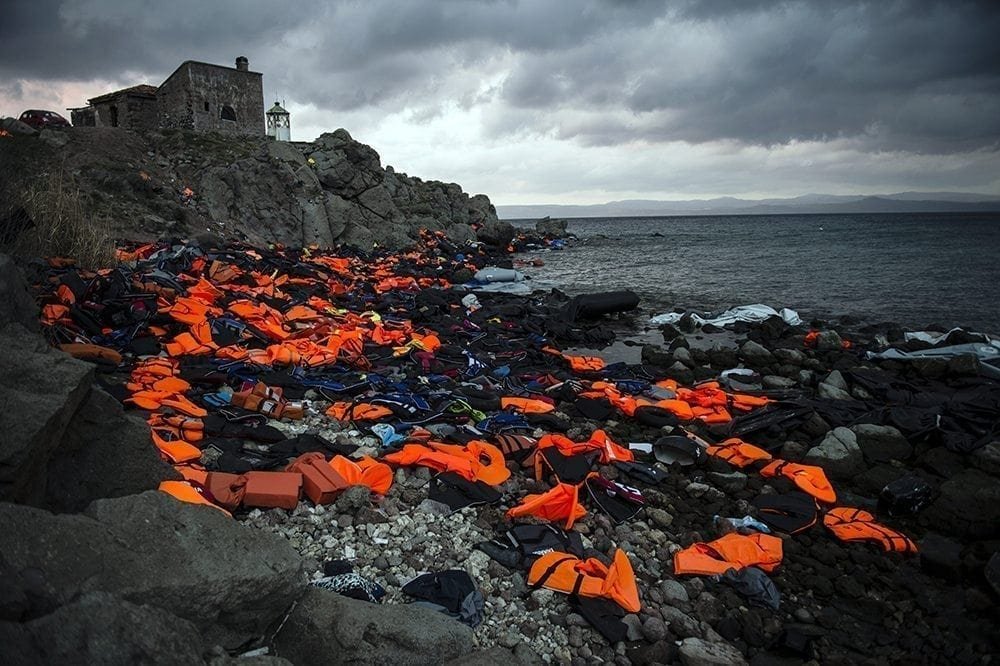
‘This image depicts the major humanitarian crisis of our time, each of the life vests representing a refugee and their journey. A very direct manifestation of climate change is the increased pressure on the supply of drinking water to all parts of the world. A failure to supply or maintain water supplies to communities, or indeed to address other climatic extremes, would lead to humanitarian crisis, war and migration on an unprecedented scale. This image serves as a warning and reinforces the need for us to act now and think globally.’
TERRY FULLER
CIWEM Chief Executive
People, Nature and Economy Award
Pedram Yazdani wins the Forestry Commission England People, Nature and Economy Award 2016 for his arresting work ‘Sand’.
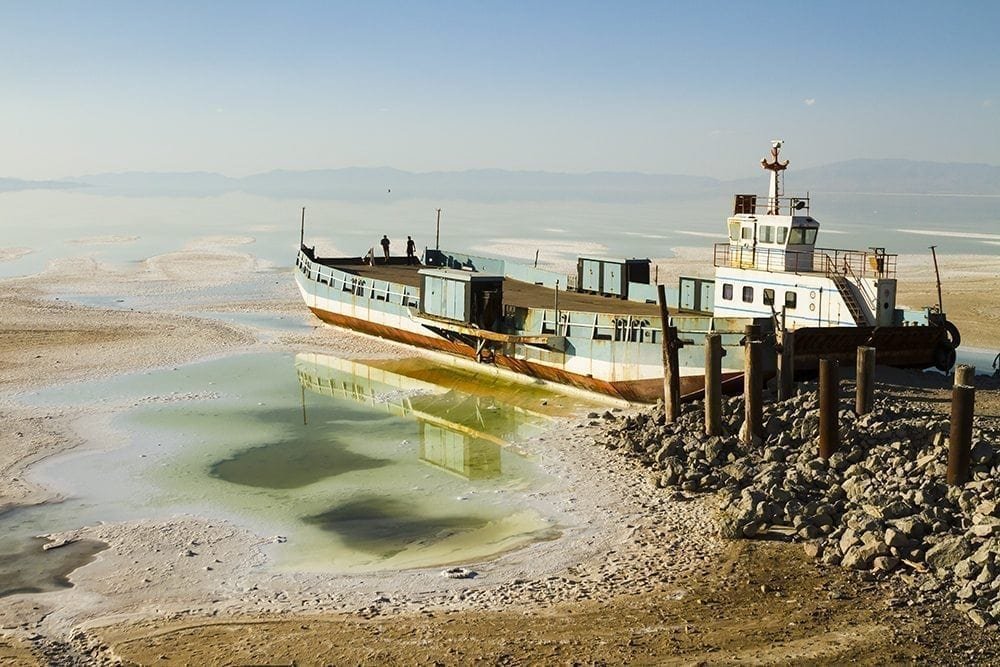
‘The Salt Lake Urmia could be a symbol of what will happen soon to Iran – it is going to be dried out. The biggest salt lake in the Middle East, it now contains only ten percent of the original amount of water, as a result both of climate change, and of dam and well construction.’
PEDRAM YAZDANI
Winner of the People, Nature and Economy Award
Environmental Film of the Year
The Environmental Film of the Year 2016 award goes to Sergiu Jiduc for his film ‘The Karkoram Anomaly Project, Pakistan’. Jiduc’s film documents the surging glaciers observed in the world’s highest mountain range,and the subsequent devastation caused by the little understood ‘Glacial Lake Outburst Floods’.
Within his film, Jiduc highlights a climatic anomaly that has led to tsunami size waves taking the lives and destroying the settlements of the Balti people, the inhabitants of this remote region. The judges found that the film balances beautifully a scientific understanding of the critical issues whilst developing a sincerely empathetic humanitarian stance.
Jiduc himself stated that the research within his film ‘could help gauge the future availability of water for hundreds of millions of people as well as to provide insights on how glaciers will change in the future. But most importantly, mapping and quantifying the risk of GLOFs (Glacial Lake Outburst Floods) in the area could save thousands of lives’.
History of the awards
Launched in 2007 by the Chartered Institution of Water and Environmental Management (CIWEM), and sponsored by Atkins, one of the world’s most respected design, engineering and project management consultancies, the Environmental Photographer of the Year competition provides an international showcase for the very best in environmental photography and film, by both amateurs and professionals.
The aim of the competition is to inspire a global audience to think differently about contemporary social and environmental issues, including sustainable development, pollution and human rights.
Click here to find out more about the awards and the brief for entrants.
 Play Video about This Rock Might Just Save The World
Play Video about This Rock Might Just Save The World Play Video about Play 2 hours of rock
Play Video about Play 2 hours of rock Play Video about Play 2 hours of brook
Play Video about Play 2 hours of brook Play Video about Play 2 hours of sheep
Play Video about Play 2 hours of sheep
